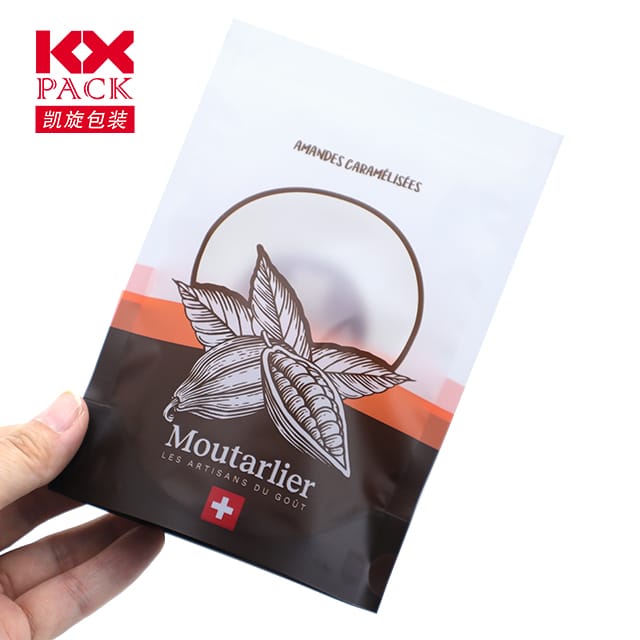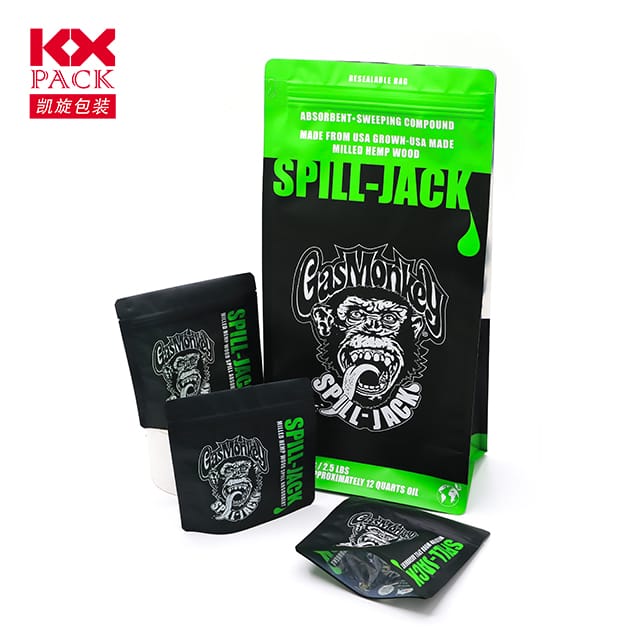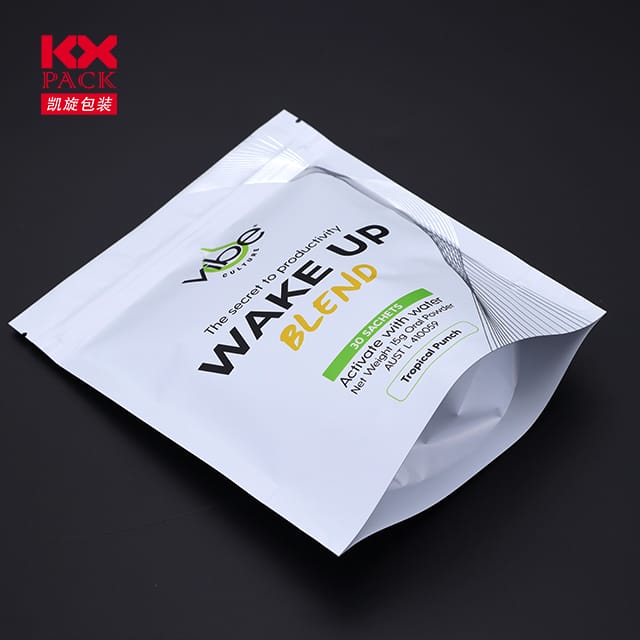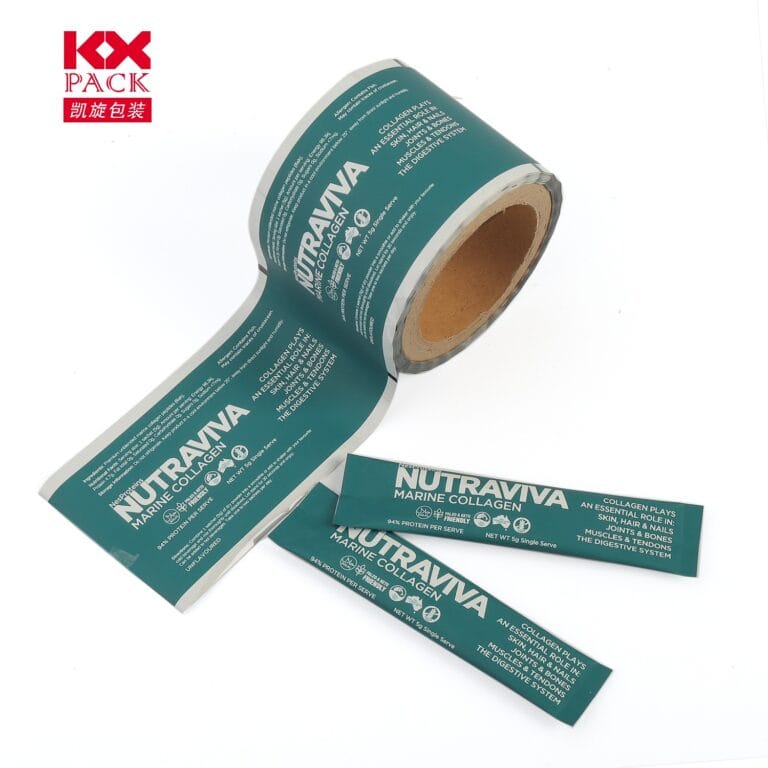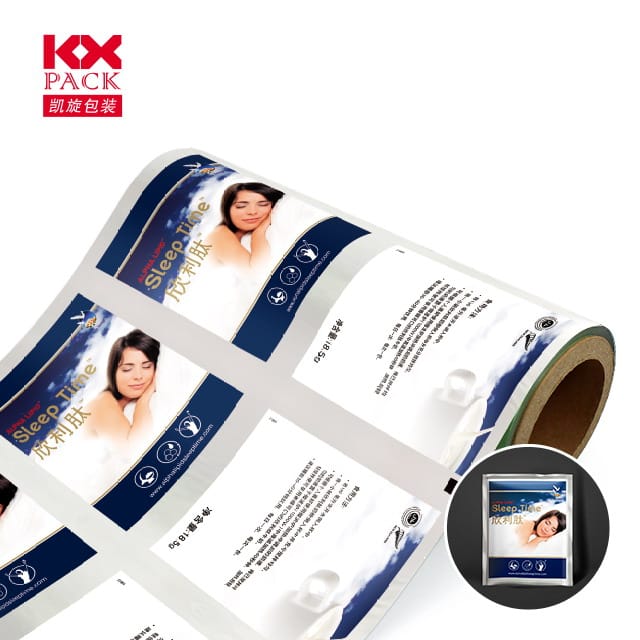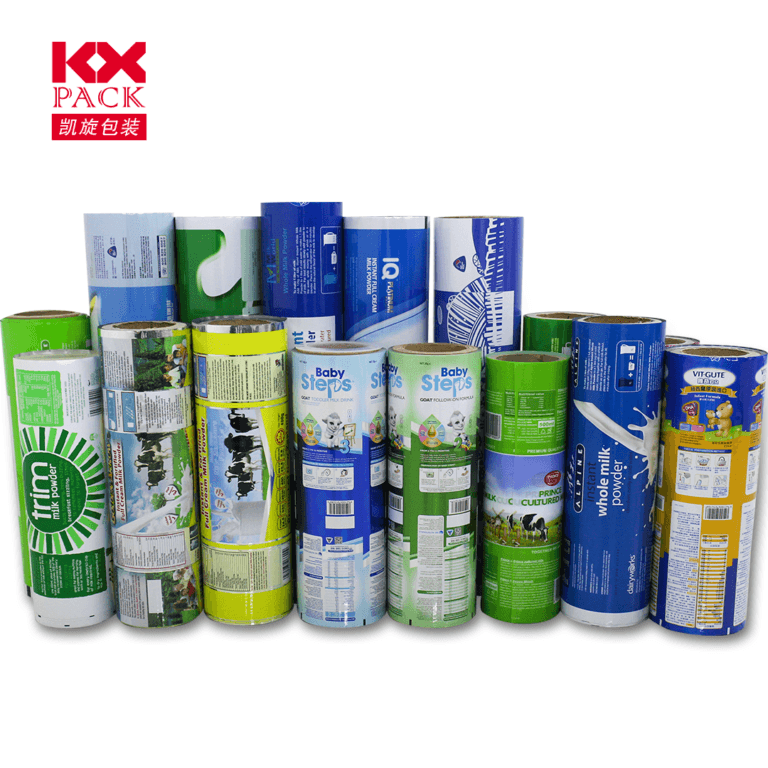ההתפתחות של סרט האריזה הגמיש: קיימות, חדשנות, והשפעת צרכנים
סרט אריזה גמיש
In today’s fast-paced consumer landscape, flexible packaging film has emerged as a cornerstone of modern product protection and convenience. ממזון ומשקאות לתרופות ופריטים לטיפול אישי, זה קל משקל, חומר רב -תכליתי מעצב מחדש תעשיות על ידי איזון הפונקציונליות, יעילות עלות, ואחריות סביבתית. בואו נתעמק בטרנדים האחרונים, אתגרים, and breakthroughs in flexible packaging films that are driving the future of sustainable packaging.
1. What is Flexible Packaging Film?
סרט אריזה גמיש refers to non-rigid materials used to wrap, לֶאֱטוֹם, or contain products. Commonly made from polymers like פוליאתילן (פ), פוליפרופילן (עמ'), פּוֹלִיאֶסטֶר (חיית מחמד), and biodegradable alternatives, these films offer advantages such as:
- Lightweight design: Reduces shipping emissions and material costs.
- מאפייני מחסום: Protects against moisture, חַמצָן, UV light, ומזהמים.
- התאמה אישית: Enables branding via high-quality printing and unique shapes.
- Extended shelf life: Preserves product freshness, crucial for perishables.
2. קיימות: The Driving Force
The packaging industry faces mounting pressure to minimize waste and carbon footprints. Flexible films are adapting through:
א. Biodegradable and Compostable Materials
- PLA (חומצה פולילקטית): Derived from renewable resources like corn starch, PLA decomposes in industrial composting facilities.(סרט אריזה גמיש)
- PHA (Polyhydroxyalkanoates): A biodegradable polymer produced by bacteria, ideal for marine-degradable applications.
- Paper-Based Laminates: Combining paper with bio-plastics for recyclable or compostable solutions.
מותגים כמובחור גוף וNatureWorks are pioneering compostable films that meet industrial composting standards (לְמָשָׁל., ב 13432), offering a viable alternative to traditional plastics.
ב. Recyclable Monomaterials
מבנים מונו-חומריים (לְמָשָׁל., all-PE or all-PP films) simplify recycling by eliminating multi-layer incompatibilities. חידושים כמוAmcor’s AmLite HeatFlex Recyclable use single-polymer barriers to maintain performance while enabling circularity.
ג. ממוחזר לאחר הצרכן (PCR) תוֹכֶן
Incorporating recycled plastics into flexible films reduces virgin material use. לדוגמה, Dow’s RecycleReady technology allows polyethylene films to be recycled through store drop-off programs.
3. התקדמות טכנולוגית
א. High-Barrier Films for Longer Shelf Life
Advanced coatings and nanotechnology enhance barrier properties without adding bulk. לדוגמה, silicon oxide (SiOx) and aluminum oxide (AlOx) coatings provide oxygen and moisture barriers comparable to metalized films but with recyclability benefits.
ב. Active and Smart Packaging
- Oxygen Scavengers: Integrated into films to extend product freshness (לְמָשָׁל., Mitsubishi Gas Chemical’s Ageless®).
- Temperature Indicators: Color-changing labels that alert consumers to spoilage risks.
- QR Codes and NFC Tags: Enable traceability and consumer engagement via smartphones.
ג. Lightweighting and Thinner Gauges
Manufacturers are reducing film thickness without sacrificing strength. לדוגמה, Borealis’ Borstar® technology produces ultra-thin PE films that cut material use by up to 30%.
4. Challenges and the Road Ahead
Despite progress, hurdles remain:
- תשתית מיחזור: Many flexible films are difficult to recycle due to multi-layer designs or contamination.
- עלות לעומת. קיימות: Biodegradable materials often cost more than conventional plastics.
- חינוך צרכני: Misconceptions about compostability (לְמָשָׁל., home vs. industrial composting) hinder adoption.
Solutions on the Horizon:
- מיחזור כימי: Turning mixed plastics into raw materials for new films (לְמָשָׁל., PureCycle Technologies).
- Standardized Labels: Clearer recycling/composting instructions to reduce confusion.
- תמיכה במדיניות: Extended Producer Responsibility (EPR) laws incentivizing eco-design.
5. The Consumer Perspective
Modern shoppers prioritize sustainability but demand uncompromised quality. Brands must balance:
- נוֹחוּת: Easy-to-open, resealable films for on-the-go lifestyles.
- שְׁקִיפוּת: Clear messaging about eco-attributes (לְמָשָׁל., “100% Recyclable” אוֹ “קומפוסט ביתי”).
- Aesthetics: High-definition printing to maintain brand appeal.
סיכום: A Flexible Future
Flexible packaging film is at a crossroads—where innovation meets responsibility. The shift toward sustainable materials, coupled with smart packaging technologies, promises a future where products are protected, waste is minimized, and the planet thrives.
Call to Action:
- Consumers: Support brands using recyclable/compostable films and advocate for better recycling infrastructure.
- יצרנים: Invest in R&D for mono-material designs and closed-loop systems.
- Policymakers: Enforce stricter eco-standards and incentivize circular economy practices.
יַחַד, we can turn flexible packaging into a symbol of progress—not pollution. 🌍♻️
מקורות: Flexible Packaging Association, Smithers Pira, Dow Chemical, Amcor, and industry sustainability reports.

